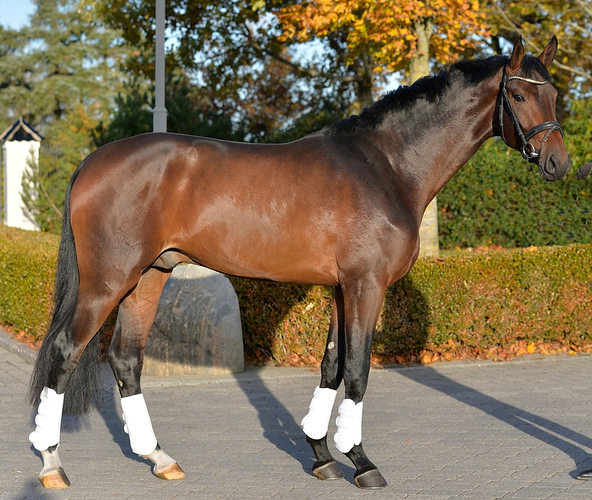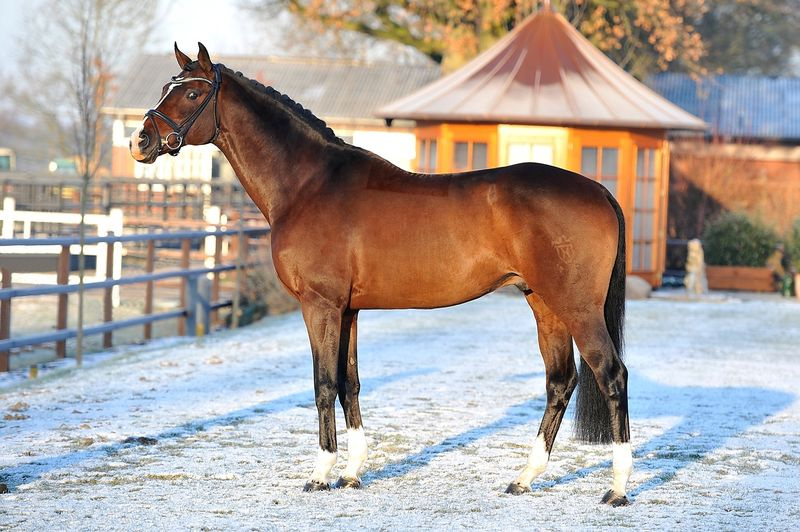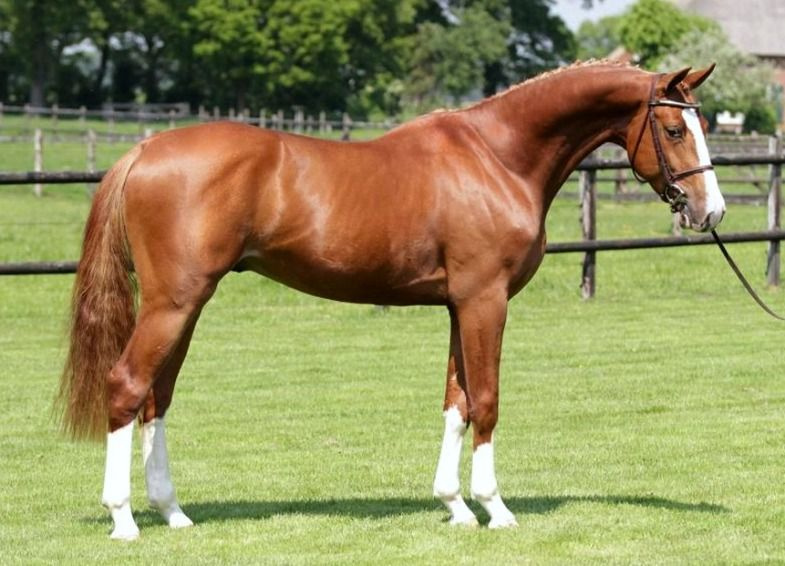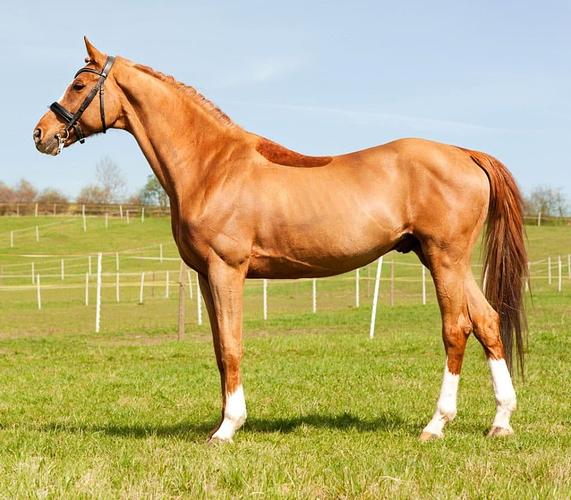There is not all that much that good conditioning can change about that area of the horse; I’m with others that you’re likely seeing conformation come into play.
Some horses with a steeper slope to their shoulder, higher neck set, and higher withers will appear to have that area lack depth. That picture of the harness/dutch type chestnut is a fairly good example, but he looks young to me. He also has a more forward placed shoulder and humerus than some of the other horses you linked.
Functionally speaking, shoulders are one of the last things in a growing horse to fill out. I’ve had more than a couple weedy five year olds suddenly need a bigger blanket mid season – not because they got longer, but because their shoulders / chest filled out as they matured.
Some other physical things could come into play to produce that lack of musculature, like an ill-fitting harness or tack.
I think the only time it is cause for alarm, is if you see the area around the trapezius is marginally “bulkier” accompanied with what looks like a threadbare shoulder. This is N1 and just my experience so in no way rooted in fact, but several of the horses I’ve had x-rayed over their spine that have had some sort of neck issue have had this “bulgy” area - possibly the neck muscles in the neck compensating for whatever was bothering them in their spine.









